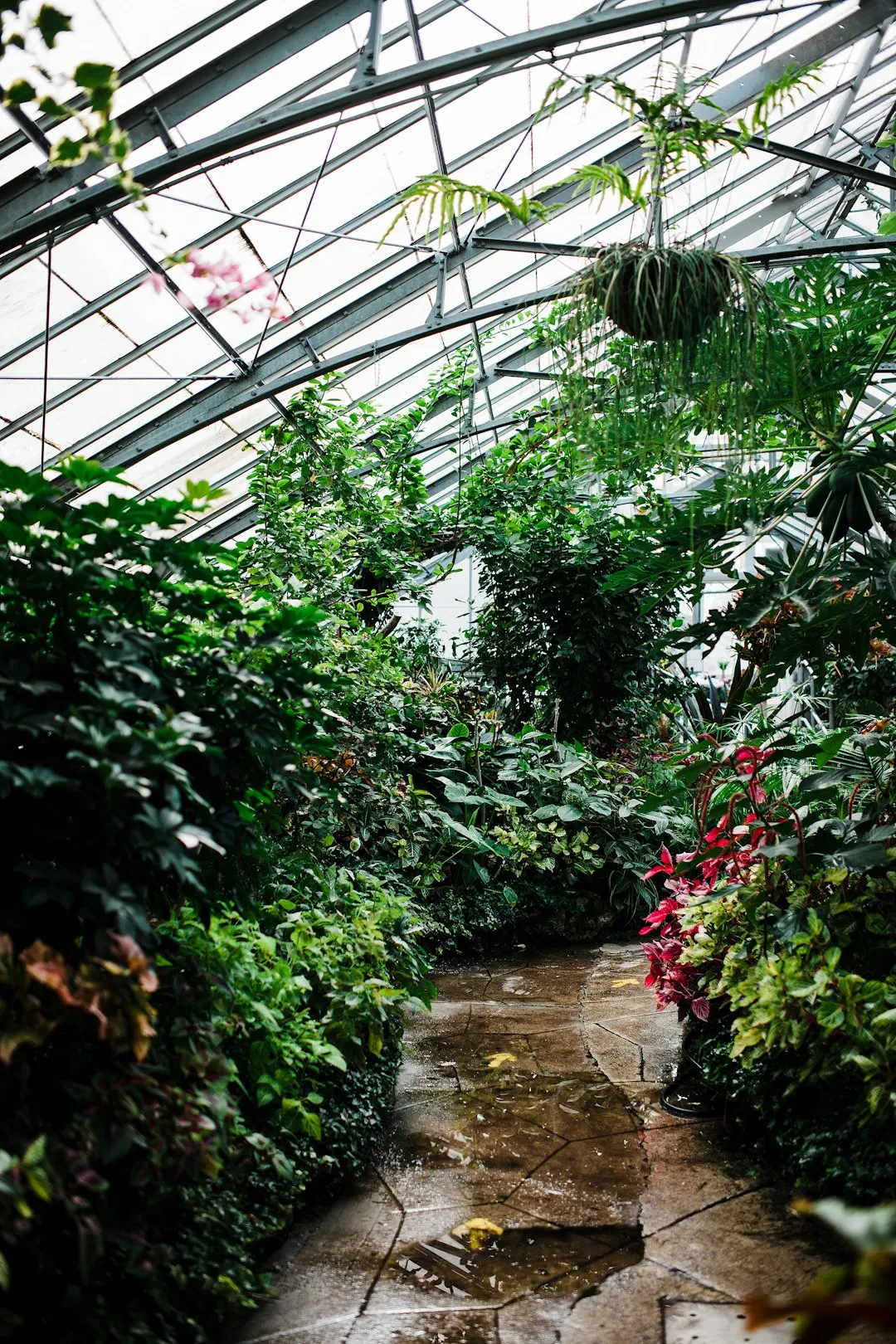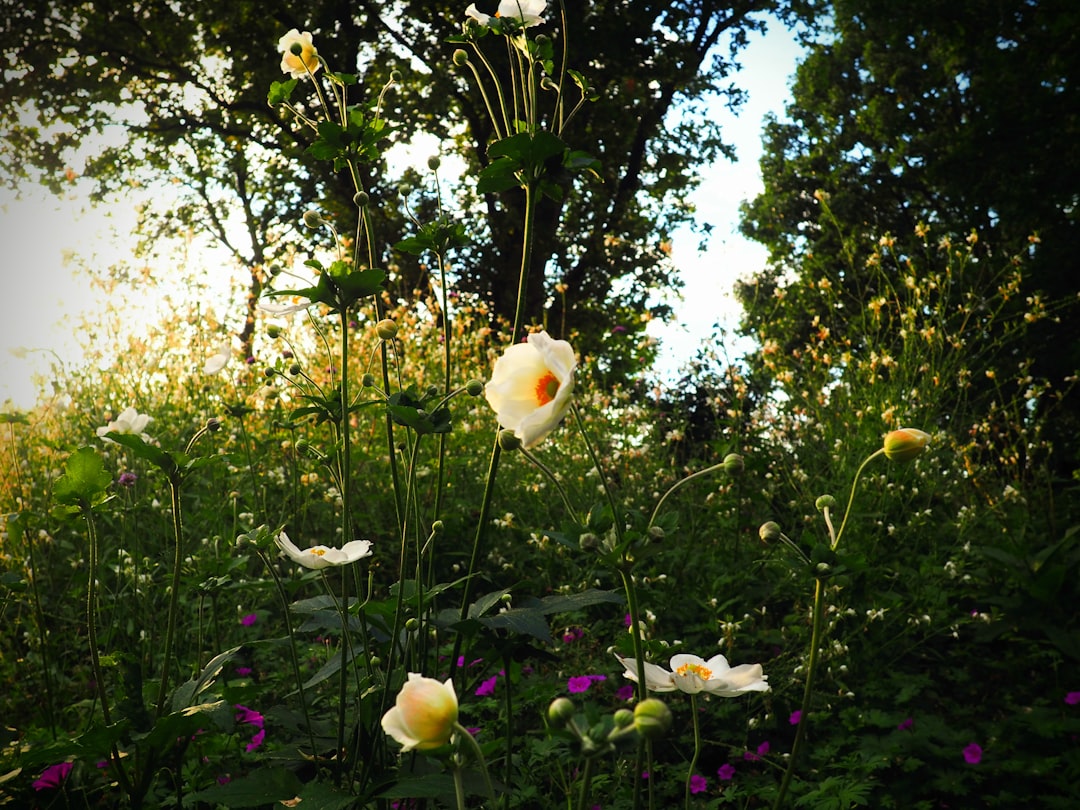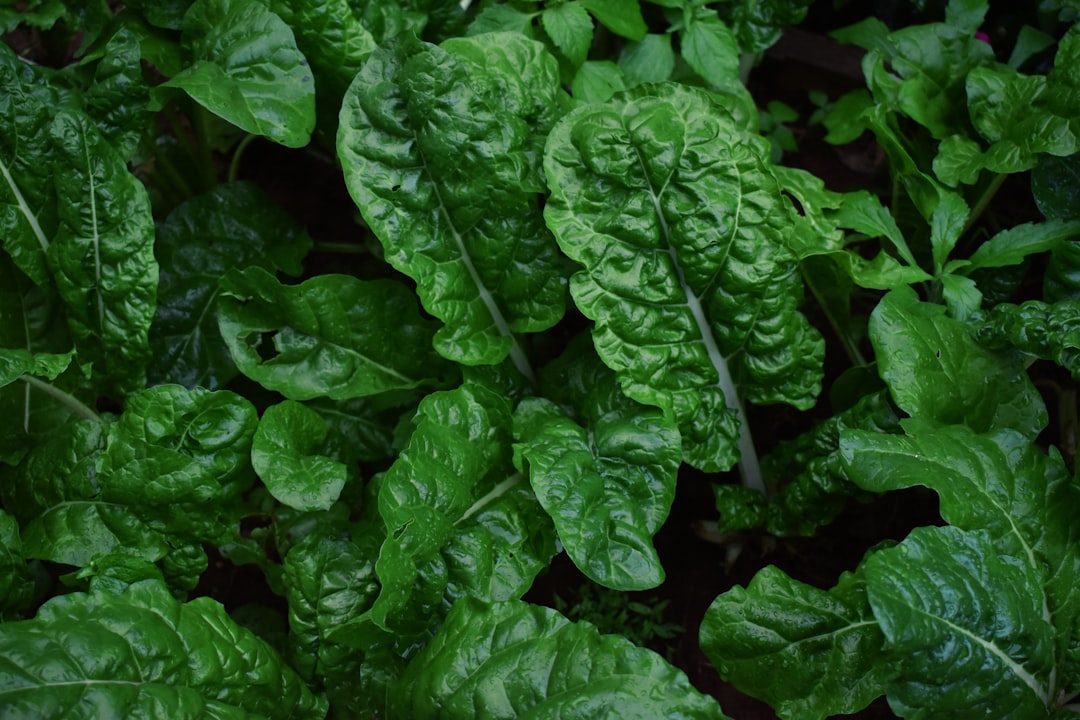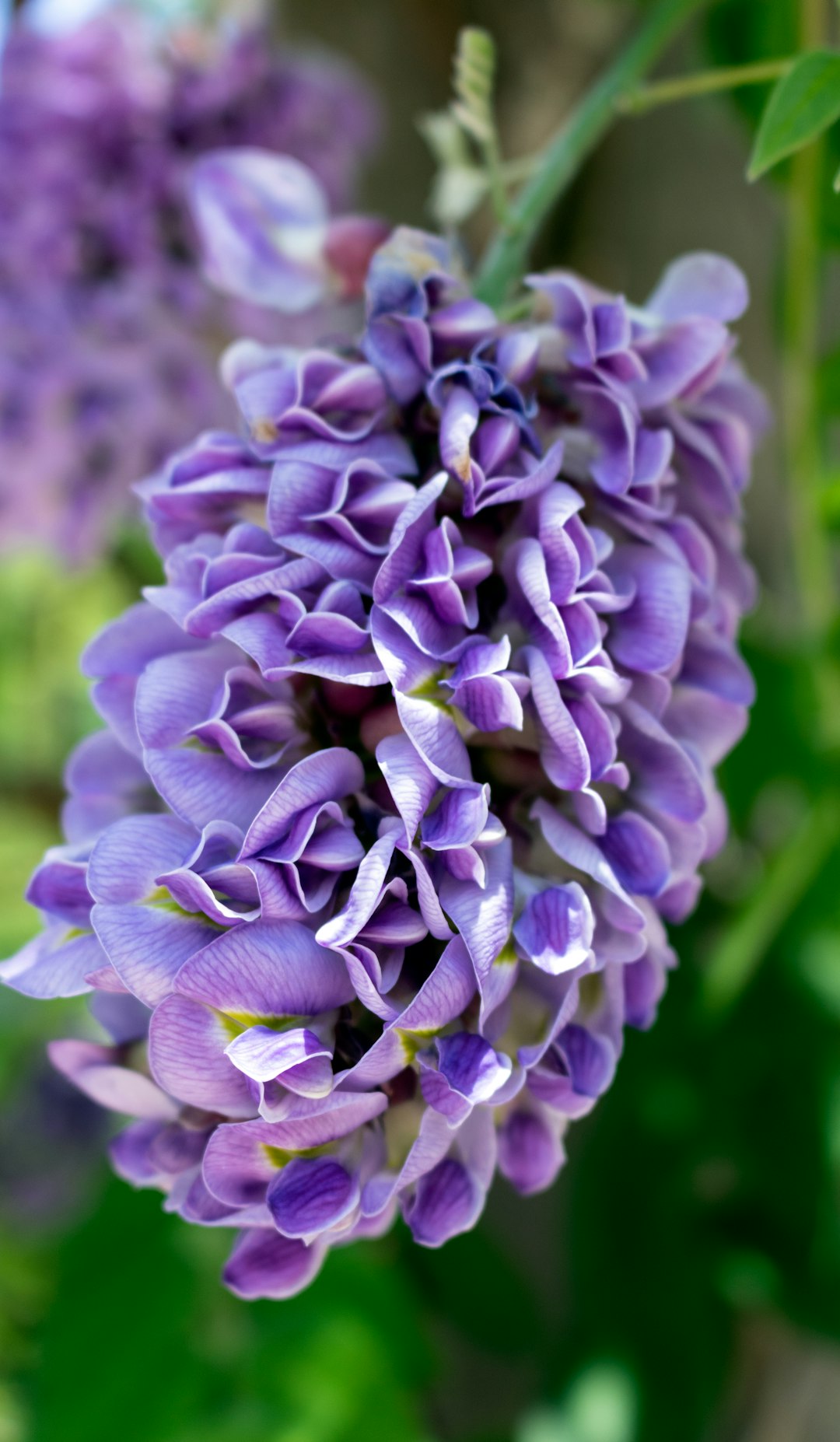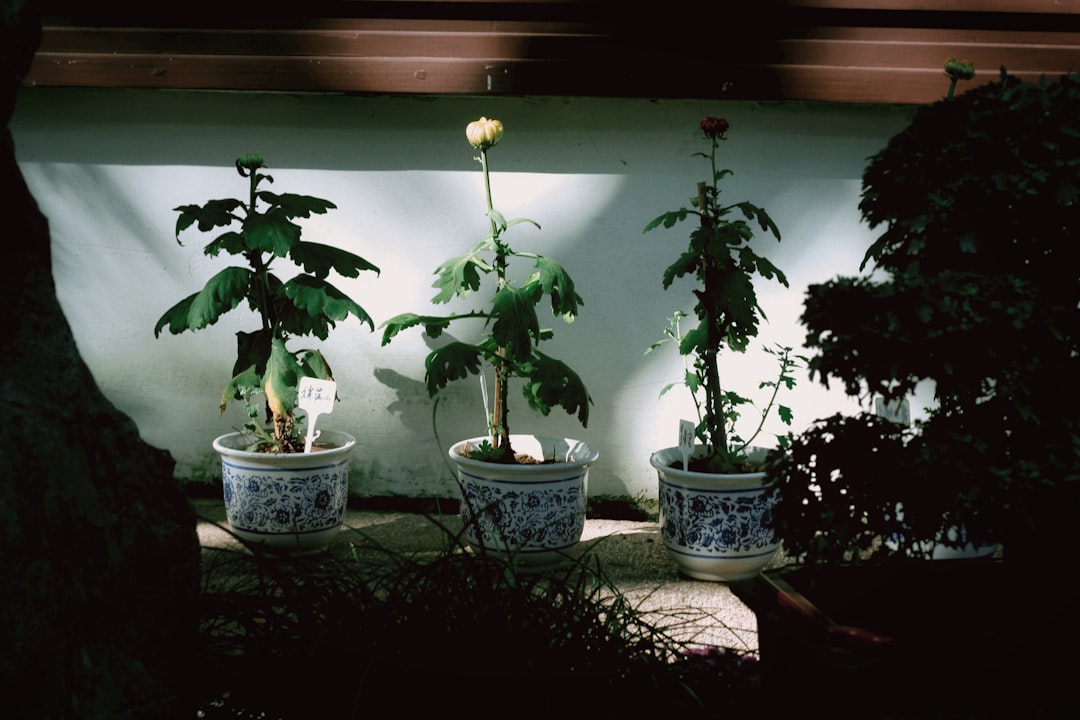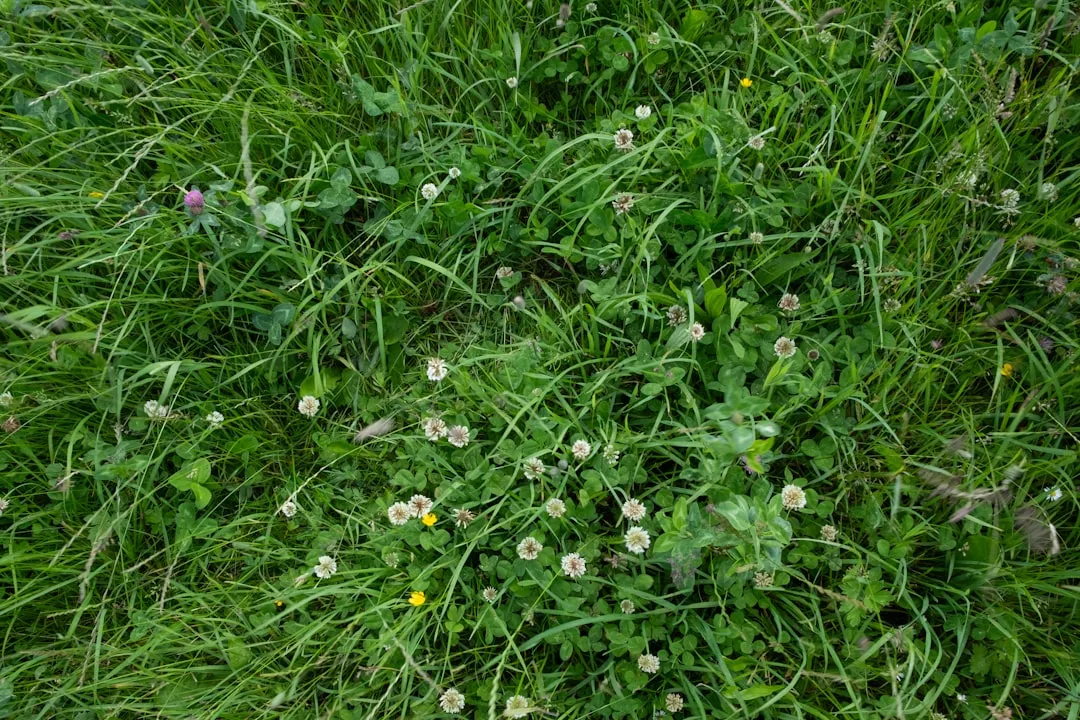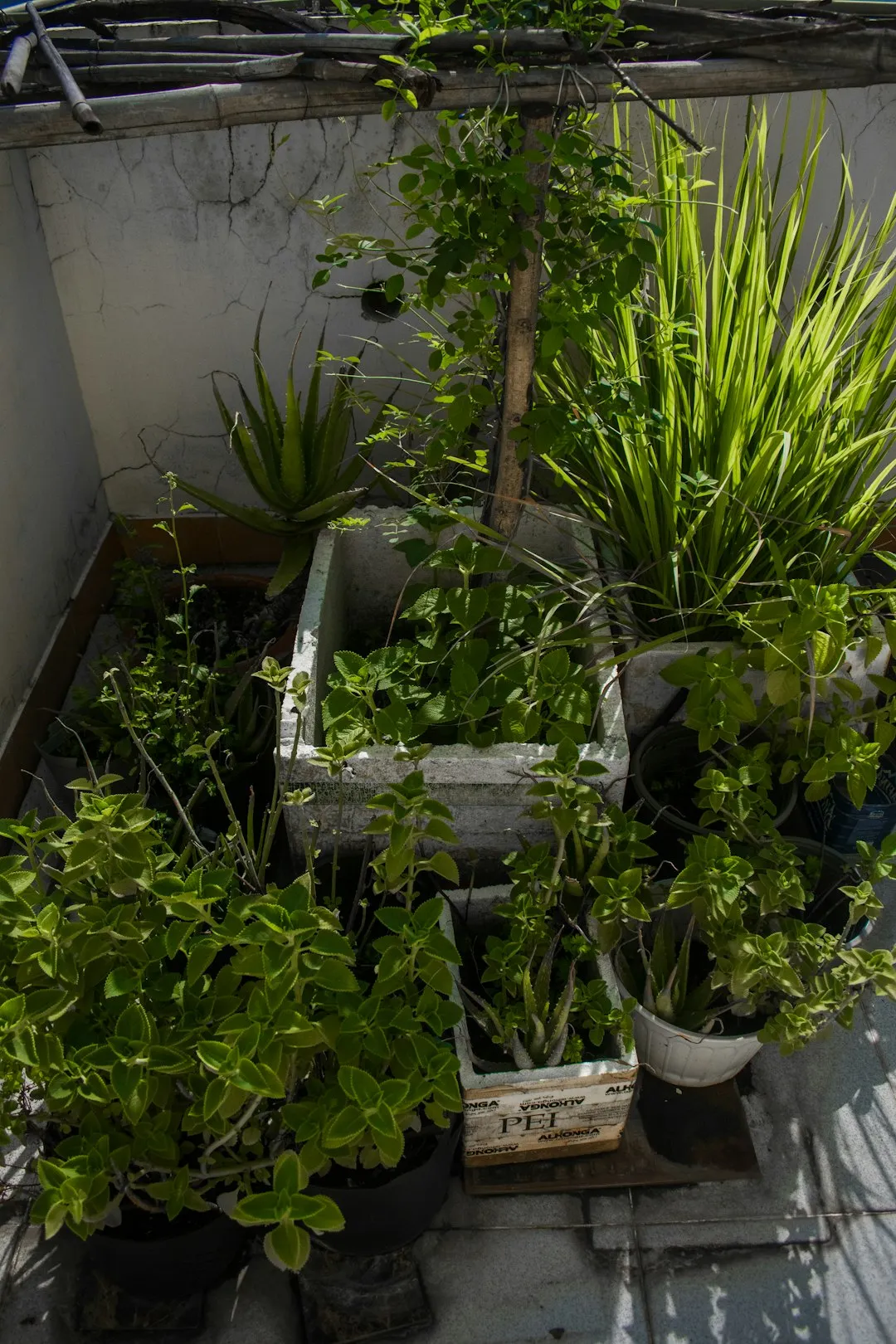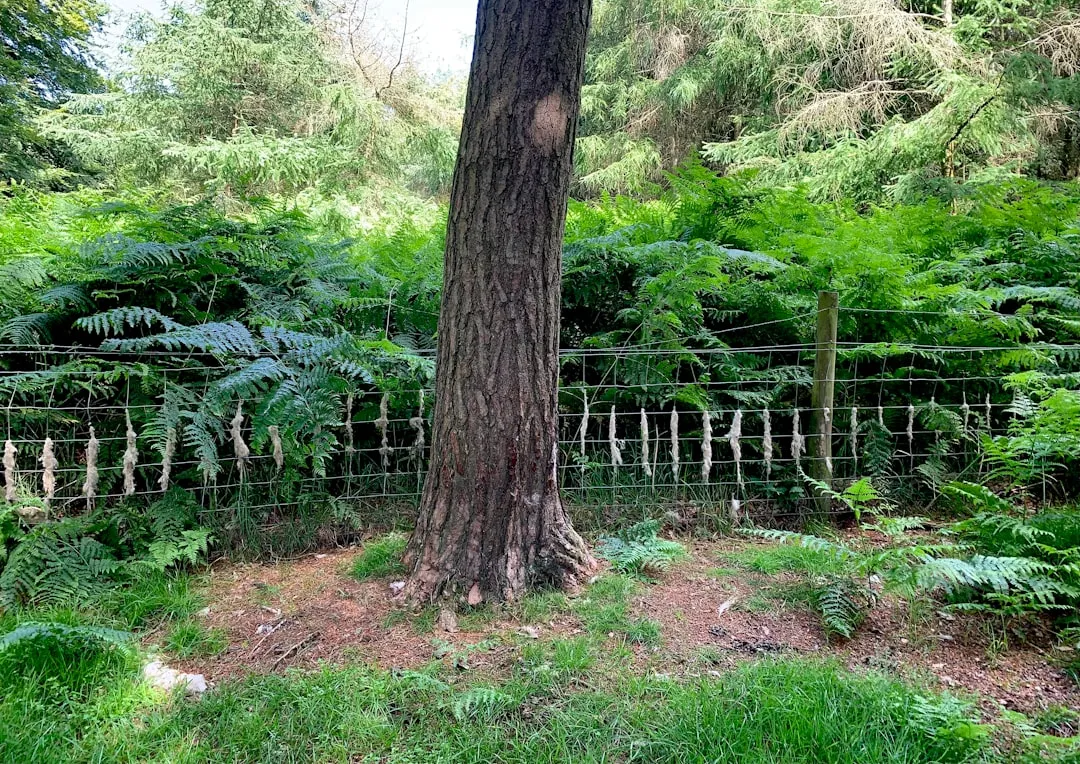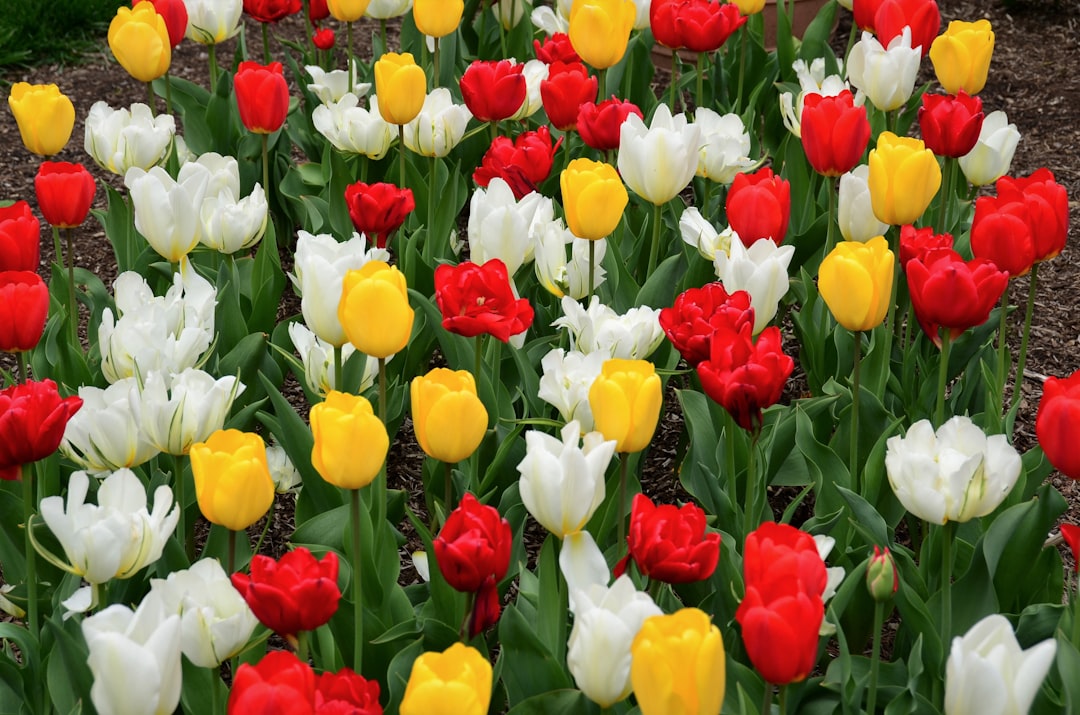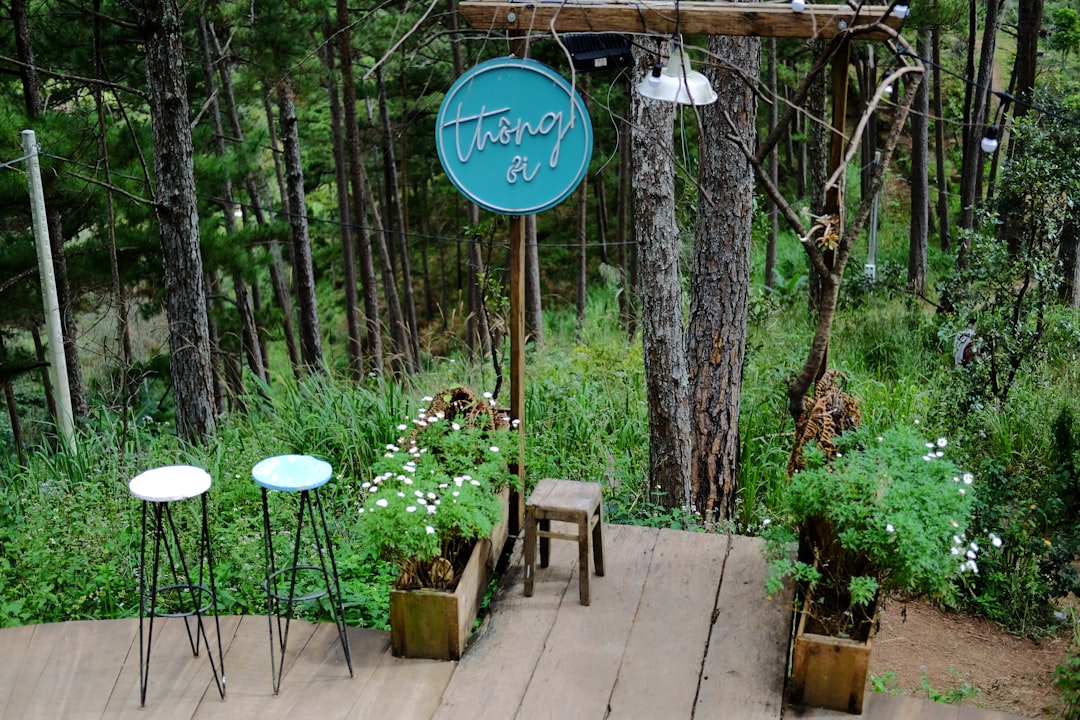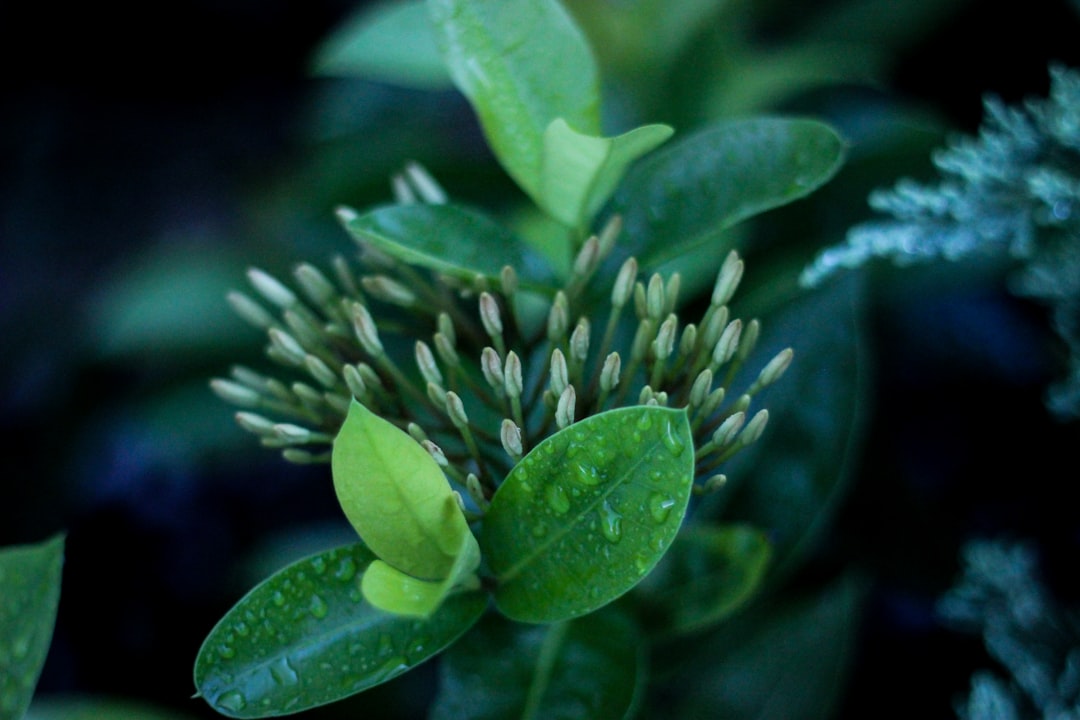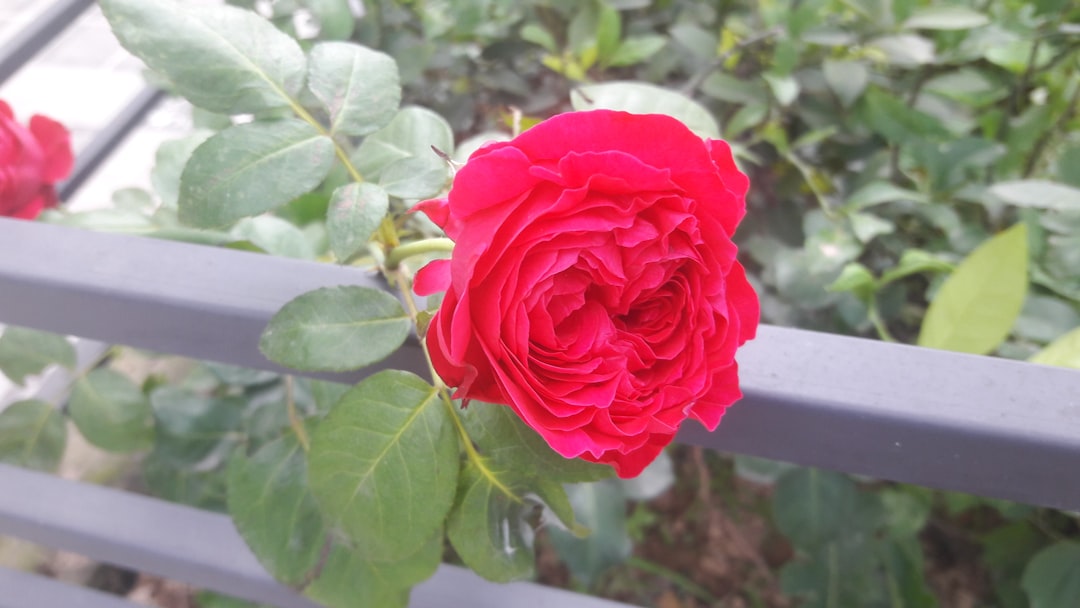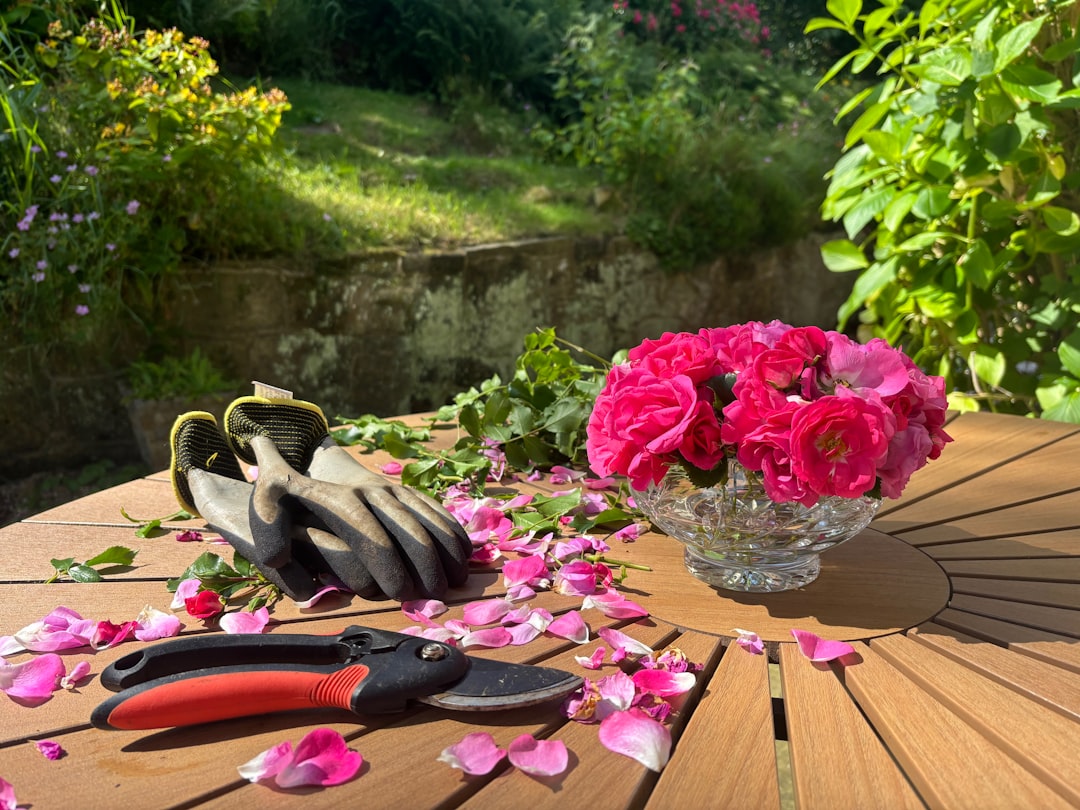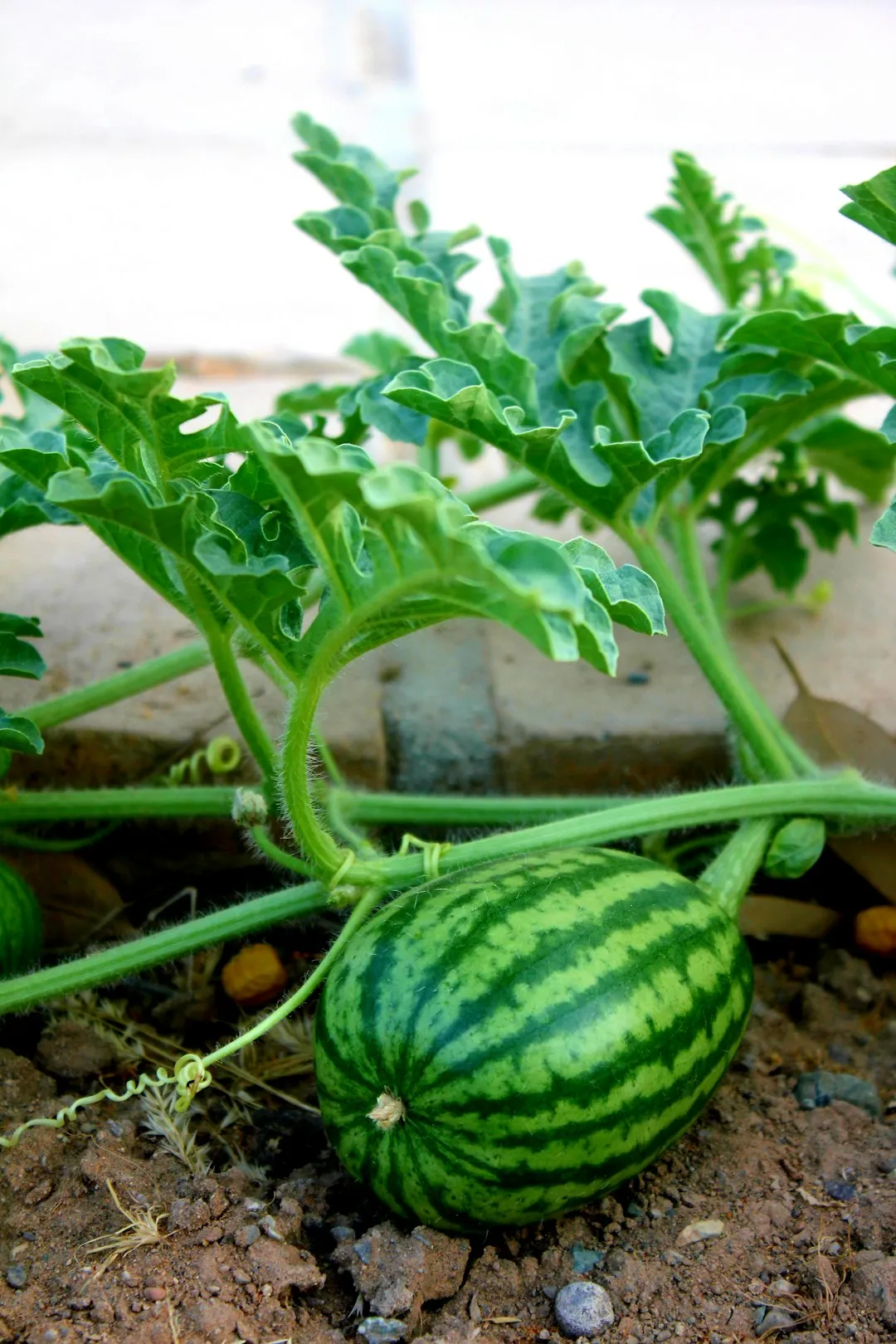Flowers have always held a special place in our hearts, adding beauty and charm to any landscape. Among the various types of flowers, perennials stand out for their ability to come back year after year, providing a continuous display of color and fragrance. In this article, we will explore the essential tips to grow a particular perennial, a fragrant foliage plant with large green leaves and a spicy aroma.
First and foremost, it is crucial to choose the right location for your perennial. Most perennials thrive in areas with full sun to partial shade. The fragrant foliage plant we are discussing prefers a spot that receives at least six hours of sunlight per day. However, in regions with extremely hot summers, some afternoon shade can help protect the plant from scorching. The soil should be well - drained, as perennials generally do not tolerate waterlogged conditions. A soil rich in organic matter, such as compost or well - rotted manure, will provide the necessary nutrients for healthy growth.
When it comes to planting, timing is everything. Spring and fall are the ideal seasons for planting perennials. In spring, the soil is warming up, and the plants have plenty of time to establish their root systems before the heat of summer. Fall planting allows the plants to take advantage of the cooler temperatures and autumn rains, giving them a head start for the next growing season. Dig a hole that is twice as wide and just as deep as the root ball of the plant. Gently place the plant in the hole, backfill with soil, and water thoroughly.
Watering is an essential aspect of perennial care. While perennials are generally more drought - tolerant than annuals, they still need regular watering, especially during their first year of growth. The fragrant foliage plant requires consistent moisture, but be careful not to overwater. A good rule of thumb is to water deeply once a week, allowing the soil to dry out slightly between waterings. During periods of extreme heat or drought, you may need to increase the frequency of watering.
Fertilizing your perennials is also important for their overall health and vigor. A balanced, slow - release fertilizer can be applied in early spring, just as new growth begins. Follow the instructions on the fertilizer package for the correct application rate. Avoid over - fertilizing, as this can lead to excessive foliage growth at the expense of flowers. Additionally, you can add a layer of mulch around the base of the plant. Mulch helps to retain moisture, suppress weeds, and regulate soil temperature.
Pruning is another key aspect of perennial care. For the fragrant foliage plant, pruning can help maintain its shape and encourage bushier growth. Remove any dead, damaged, or diseased leaves and stems throughout the growing season. In late fall or early spring, you can also cut back the plant to a few inches above the ground to promote new growth. Pruning also helps to improve air circulation around the plant, reducing the risk of fungal diseases.
Pest and disease management is crucial for the success of your perennial garden. The fragrant foliage plant is generally resistant to many common pests and diseases. However, it can still be susceptible to aphids, spider mites, and powdery mildew. Regularly inspect your plants for signs of pests or diseases. If you notice any problems, you can use natural remedies such as neem oil or insecticidal soap to control pests. For fungal diseases, ensure proper air circulation and avoid overhead watering.
Dividing perennials is a great way to propagate them and keep them healthy. Over time, perennials can become overcrowded, which can lead to reduced flowering and overall decline. The fragrant foliage plant can be divided every three to four years. The best time to divide perennials is in the spring or fall. Carefully dig up the plant, separate the root ball into smaller sections, and replant them in a new location or share them with friends and neighbors.
In conclusion, growing the fragrant foliage perennial is a rewarding experience. By following these essential tips on location, planting, watering, fertilizing, pruning, pest and disease management, and dividing, you can enjoy a beautiful and thriving perennial garden for years to come. The large green leaves and spicy aroma of this plant will not only enhance the aesthetic appeal of your garden but also provide a sensory delight.

